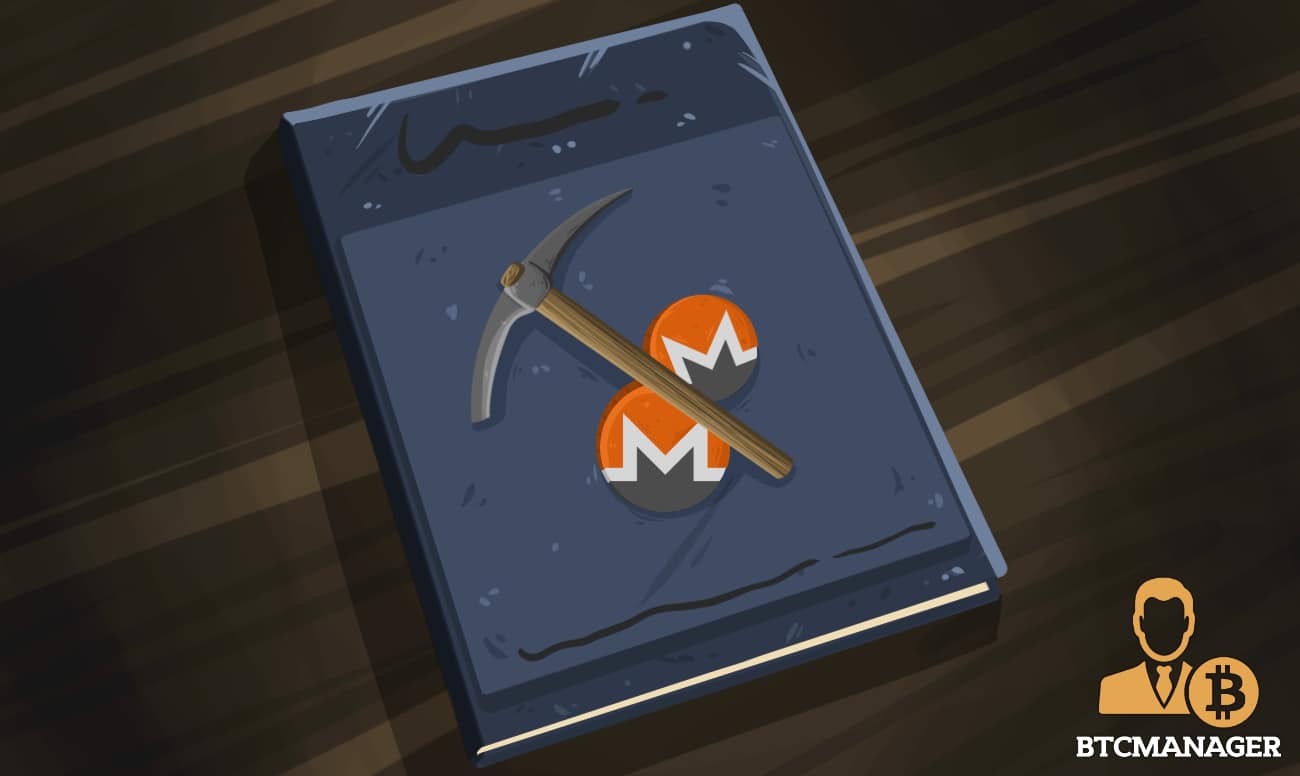It looks as if day by day the crypto information zeitgeist is reporting on yet one more Monero (XMR) malware hacking attempt. The size is completely different from nations, people, and everybody in between, however the mechanism seems comparatively the identical. A easy Javascript Coinhive plug-in, a pockets, and one of many strongest privacy-centric cryptocurrencies on the Web means nearly anybody is usually a sufferer in addition to an attacker. Thankfully, the Monero neighborhood is actively combatting the darkish aspect of pure privateness.
What Is Monero’s Workgroup?
On September 26, 2018, Monero contributor Justin Ehrenhofer announced the launch of the Monero Malware Response Workgroup. The premise? Inform, report, and defend customers who could also be seeking to combat towards XMR-financed malicious mining or merely rid their {hardware} of it.
The workgroup gives customers who could have zero background information on cryptocurrencies, not to mention Monero. It contains instructional sources that inform on what mining is and the way greatest to remain protected. Your entire operation is overseen by a gaggle of volunteer-contributors from the Monero neighborhood who may be reached through Freenode, Slack, and Mattermost.
To get a greater concept behind the rise of crypto malware mining, ransomware, the workgroup, and what sorts of alternate options exist, BTCManager spoke with Ehrenhofer. Finally, because the hacking makes an attempt change into increasingly sophisticated, a one-size-fits-all method will now not suffice.
What ought to customers do within the case that they’re contaminated with Ransomware? There’s a variety of hypothesis on greatest follow, however this has been made blurry as of late.
This may range considerably based mostly on employer insurance policies, however as a person, I might sometimes comply with these primary steps:
- Look on-line to see if different customers are reporting this similar malware, and see if they’ve been capable of consider the impression of the assault and determine any weaknesses. On this step, you’re making an attempt to determine if the attacker simply encrypted your pc or one thing a lot worse as well as. Maybe the attacker is a novice and made a mistake that’s simple to work round. Until you possess the technical capabilities of trying by the malware, it’s greatest to see if any safety consultants have already got. Report it for those who can’t discover anybody else speaking about it.
- I strongly advocate towards paying the ransom. This offers attackers a future monetary incentive to assault different computer systems. The attacker might even take your cash and run with out decrypting your information.
- Within the case of ransomware, it is best to fully reinstall the pc. You’ll, sadly, lose the information within the course of, however they’re encrypted and inaccessible anyway. You may contemplate making a replica of the encrypted information on a distinct arduous drive, however don’t join this tough drive to a different pc except safety consultants discovered a workaround and have no idea of any malware embedded in these information. Don’t by accident infect one other machine.
- After you have wiped and reinstalled your pc, restore any backups of information that you’ve made.
- Arrange a backup system with the intention to restore information in case your pc is contaminated sooner or later.
Are the outcomes of the workgroup additionally relevant to state-wide ransomware assaults? I’m pondering of North Korea’s Lazarus and the overall scale of a few of these operations.
The workgroup’s sources are at present geared in the direction of individuals who do not know what Monero, mining, and ransomware are. They supply helpful info for a wide range of extra technical customers, however we shouldn’t have something that at present applies to state-wide ransomware assaults for giant organizations. Nonetheless, if a person’s pc is compromised by one of many large-scale ransomware operations, our sources could also be helpful.
Why is it that Monero (and never one other privateness coin) is being hijacked to those ends?
Finally, attackers like Monero for 2 causes: 1) It’s non-public, so they don’t want to fret about corporations and legislation enforcement tracing what they do with the Monero after they mine it, and a couple of) Monero makes use of a Proof of Work (PoW) algorithm that’s CPU and GPU-friendly; thus, the contaminated machines are aggressive. These two parts are more and more distinguishing components for why attackers select to mine Monero over different cryptocurrencies.
Sadly, Monero is the one main cryptocurrency the place each transaction is non-public. For different cryptocurrencies with privateness options like Dash (DASH), Zcash (ZEC), and Bitcoin (BTC), these privateness options are considerably much less supported and used. Particularly within the case of ransomware, an attacker can have a a lot simpler time accepting a Monero cost than a fully-shielded Zcash cost.
NEW: The Monero Malware Response workgroup has created a devoted web site to assist those that are contaminated with mining malware, have come throughout undesirable in-browser mining, or have hit Monero ransomware. Group help for these affected is coming quickly!https://t.co/rqFeVFrjU0
— fluffy/pony (@fluffypony) September 25, 2018
How did the Monero neighborhood conlcude {that a} workgroup like this is able to be useful?
The initiative was really helpful by Riccardo “fluffypony” Spagni as a manner of managing among the latest stories of Monero getting used for malicious mining. Whereas we couldn’t forestall malicious mining, we needed to begin by serving to these whose machines had been compromised. You may learn extra concerning the preliminary proposal in December 2017 throughout a neighborhood assembly here.
What’s the absolute best end result of this? That every one Ransomware assaults stop?
We’d love for this to be the end result, however, sadly, this isn’t lifelike. This might require each machine to be patched towards vulnerabilities, which can probably by no means occur. As an alternative, our scope focuses on the victims first to assist them if their computer systems are compromised, after which makes an attempt to unfold wider consciousness about pc safety.
(Supply: Coinhive)
Lastly, does the mining-as-substitute-for-advertising narrative actually maintain promise for small and huge media corporations?
It is dependent upon the situations of the community and the character of the web site, nevertheless it holds some promise, particularly for web sites the place the consumer is on the web page for some time. I don’t anticipate it to completely substitute promoting, nevertheless it might operate as a further income stream if customers are conscious of what’s occurring.
Monero Isn’t Only for Crooks
If the workgroup implies imminent chaos, nothing might be farther from the reality. As posited within the last level, a handful of extra noble platforms have additionally “hijacked” the mining software program. As talked about within the authentic supply, related crypto mining renditions are leveraged by Unicef, Change.org, and BailBloc.
https://twitter.com/Grimezsz/status/938131670011600896
Whether or not these web sites flip a revenue at this level is irrelevant; they’ve already begun to color a portrait of a Web3 that has corrected for the Web’s authentic sin: Banner commercials. Past that, the Monero neighborhood is taking a proactive step to negate the cynical options of novel malware. The dialog, if something, will make clear a facet of cryptocurrencies typically misunderstood by mainstream media sources.

